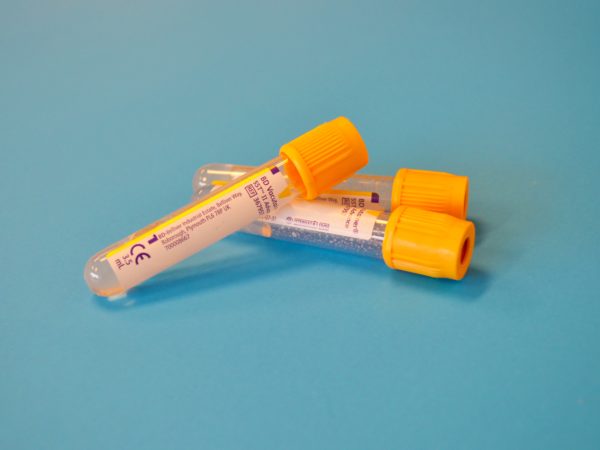A world-first study has shown that specific physical activity benefits the discs in our spines and may help to prevent and manage spinal pain.
“Running exercise strengthens the intervertebral disc,” recently published in Scientific Reports, challenges conventional wisdom in the field, according to lead researcher Associate Professor Daniel Belavy from Deakin University’s Institute for Physical Activity and Nutrition (IPAN).
Until now, discs have been considered a “slow tissue,” thought to take much longer to respond to exercise than muscle.
The study’s findings represent the first evidence in humans that exercise can benefit the intervertebral disc (IVD) metabolism and that specific exercise protocols may improve IVD material properties in the spine.
“Prior research in the last decade had shown that the IVD components are replaced extremely slowly, leading researchers to think it would take longer than the average human lifespan to have an impact on the disc with interventions like exercise or medication,” Assoc Prof Belavy said.
“However, in this study we have been able to show that regular physical activity, such as jogging, can actually strengthen the IVD.
[testimonial_text]These findings gives us hope that we may be able to prescribe physical activity, or advise the community on physical activity guidelines, to ‘strengthen’ the discs in the spine.[/testimonial_text]
[testimonial_picture name=”Assoc Prof Daniel Belavy” details=”Researcher, IPAN”]
 [/testimonial_picture]
[/testimonial_picture]Assoc Prof Belavy said this was particularly important to consider in the younger teenage age bracket, and also when people are in their 20s and 30s, with a view to reducing or preventing back problems throughout the lifespan.
Spinal pain represents one of the greatest costs to developed societies in disability and lost productivity, according to 2016 figures from the Global Burden of Disease Report.
As IVD degeneration and herniation are important contributing factors to spinal pain, the evidence provided by the study that the IVD can be strengthened through exercise may have significant public health implications.
Assoc Prof Belavy said walking exercise may also give the same results as running exercise on the discs.
“Our findings showed no difference between joggers and long-distance runners and, in fact, indicated that walking might be enough.
“It’s also important to reduce the amount of time spent in static postures, such as sitting or even standing still.
“Even going for a walk during a break at work, or choosing to take the stairs rather than the elevator is good for the discs, as well as for overall back health.”
This story was published by Deakin Research on 24 April 2017.



